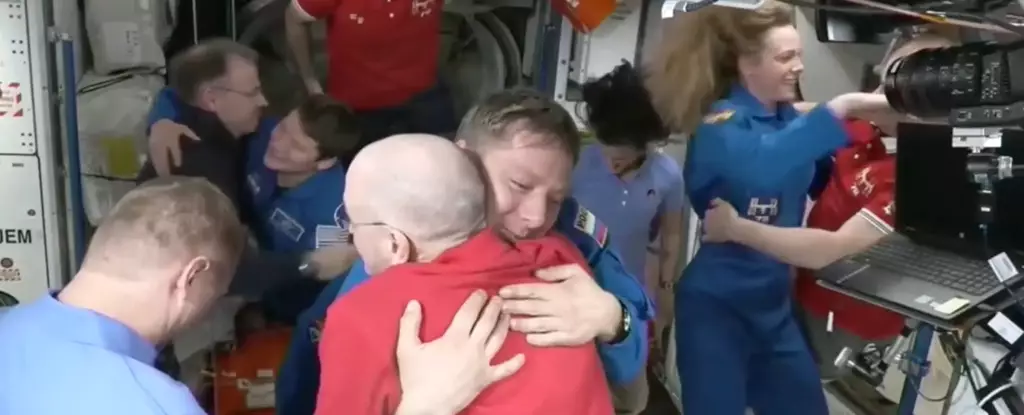On a momentous day in space exploration, SpaceX’s Dragon spacecraft achieved a landmark docking with the International Space Station (ISS), facilitating the much-anticipated return of American astronauts Butch Wilmore and Suni Williams. These seasoned space travelers had spent over nine months aboard the ISS, a duration far exceeding their original eight-day mission plan. This extraordinary situation was precipitated by unforeseen technical difficulties with Boeing’s Starliner spacecraft, which had been initially intended for their return. The success of Crew-10 heralds not just a significant moment for the astronauts involved, but also a substantial victory for NASA and commercial space travel as a whole.
Technological Triumph and Team Spirit
Launching from Florida’s Kennedy Space Center, Crew-10 blasted off on a Friday night and reached the ISS just 29 hours later. The sheer joy radiating from the Crew-10 members upon arrival—NASA astronauts Anne McClain, Nichole Ayers, Japan’s Takuya Onishi, and Russian cosmonaut Kirill Peskov—was palpable. A live stream captured their jubilant entrance as they were warmly welcomed by Wilmore and Williams. The showdown between the challenges of space travel and the triumphant spirit of international cooperation couldn’t have been more pronounced.
Moreover, the presence of various astronauts from different corners of the globe at the ISS—highlighting the collaborative nature of modern space endeavors—presents a hopeful narrative for the future of humanity in space. While the Crew-10 astronauts gear up for a six-month mission focused on scientific research and explorations supporting future space endeavors, the valiant spirits of Wilmore and Williams only emphasize the teamwork innate to humanity’s cosmic endeavors.
Boeing’s Setbacks and Future Prospects
However, amidst these celebrations, the challenges surrounding Boeing’s Starliner spacecraft demand closer attention. Initially designed to contribute to safe missions, the discovery of helium leaks and thruster malfunctions led NASA to make the prudent decision to return it uncrewed, prioritizing safety over schedule. Instead of derailing progress, these hurdles signal a commitment to safety and transparency. Boeing managed to bring the Starliner back to Earth in September, a critical step in troubleshooting issues before future crewed missions can take shape.
As NASA and Boeing strive to rectify these technical glitches, it’s essential to acknowledge that each complication offers opportunities for learning and ultimate improvement. Even though delays can be frustrating, they reinforce the importance of meticulous evaluation—an approach that ultimately prioritizes astronaut safety, instilling confidence in a future filled with crewed missions.
Looking Ahead to Future Missions
The return of Wilmore and Williams marks not just the conclusion of their long stint aboard the ISS but also plants seeds of hope for future explorers. With Crew-10 now in command, they will embark on ambitious scientific research designed to pave the way for humanity’s deeper explorations into space. The collaborative efforts of diverse astronauts enhance the prospects of significant breakthroughs critical for missions to the Moon, Mars, and potentially beyond.
As we witness these developments, it becomes clear that space travel, intertwined with human resilience and teamwork, epitomizes the very essence of exploration—transcending borders and fueling dreams across the globe. The cosmic fabric of our shared experience cannot be understated; each endeavor becomes a testament to human spirit and curiosity in the vast expanse of the universe.

